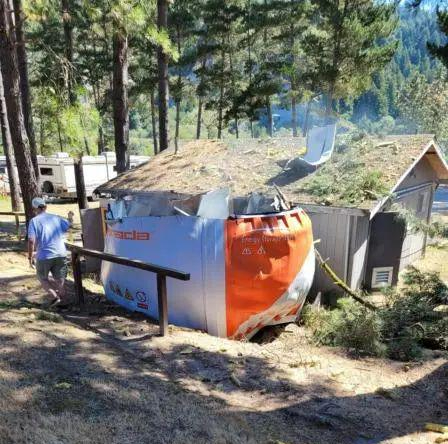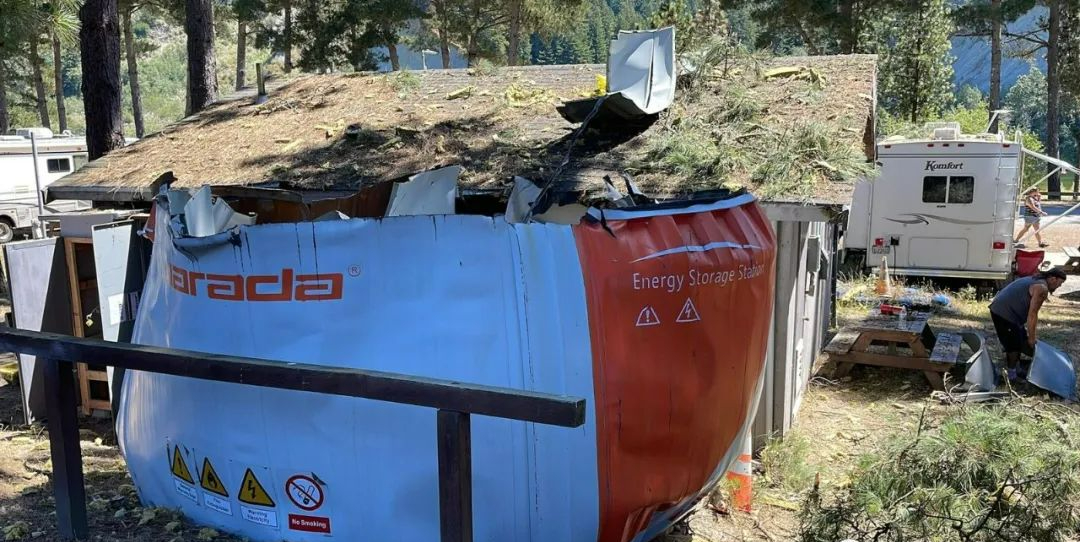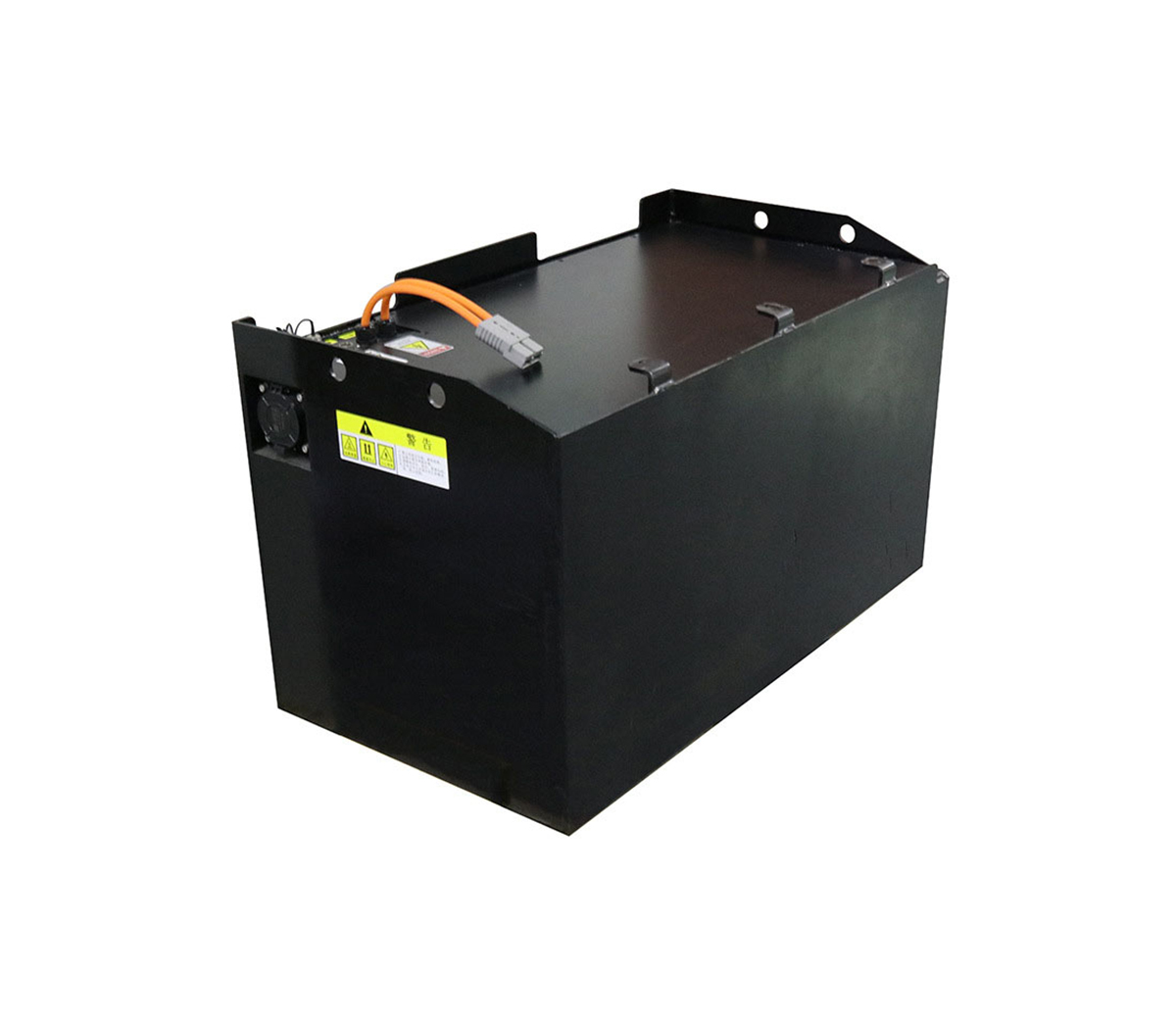Although it has become a consensus that lead-acid batteries are gradually
being replaced by lithium-ion batteries (especially lithium iron phosphate
batteries whose voltage platform can be perfectly matched), lead-acid batteries
are still used in many occasions. There are many factors that lead to this, such
as price, size, simplicity, etc. Safety is also an important factor: most people
think that lead-acid batteries are absolutely safe secondary batteries, and
lithium-ion batteries are too unsafe. SES Power admits that lead-acid batteries
are safer than lithium-ion batteries, but in terms of the entire system
(electronic monitoring, structural design, etc.), lithium-ion batteries are
actually very safe, and can even be achieved with the assistance of BMS. Many
preventive actions, such as our fully intelligent lead-acid replacement products
(12V100Ah, 12V200Ah), high-current (2000A) start-up lithium battery, UPS
high-voltage lithium battery system (up to 860V), 3Kw~20Kw off-grid lithium
battery storage Energy system, base station communication backup battery system
(standard 19 inches) and other products are almost all implemented as updated
products of lead-acid batteries. In fact, lead-acid batteries are also at risk
of fire and explosion. Let's first look at a report:
On the afternoon of August 3, local time, the River's Edge RV park in the
United States exploded because of a lead-acid battery system. Relevant personnel
rushed to the park and found the container with the top of the system lost after
the explosion. Residents near the park reported hearing the sound of the
explosion.
Although the accident caused damage to the energy storage system and
serious deformation, luckily no casualties were caused. Judging from the
situation at the scene, the accident damaged the nearby laundromat and
surrounding trees, and even the roofs of residents were scattered with broken
branches. It is understood that the project was completed in 2016 and has only
been used for eight years.

Park superintendents say the lead-acid battery system, which was installed
about four years ago, is used as a backup energy source to prevent the park's
solar system from failing. Generally speaking, the probability of explosion of
lead-acid batteries is very low when used properly, but it is not 100%
non-explosive for lead-acid batteries.
A retired photovoltaic system designer in the United States said: From the
photos, the battery module is still installed in the container, so it is guessed
that there may be a problem with ventilation at that time. He said the ceiling
is a natural weak point, and when there is a danger of explosion, it is normal
for the roof to have weak points in order to dissipate the stress upwards, but
the bulge on both sides in the photo shows that this is not the case.

The results of the investigation report after the incident showed that due
to the continuous and irregular charging of the lead-acid battery, the water in
the electrolyte was decomposed into hydrogen and oxygen and evaporated. Coupled
with the lack of maintenance, the battery plates were overheated and damaged
internally. There was no ventilation system, so flammable hydrogen gas
accumulated, and eventually sparks from an unknown source ignited the
accumulated hydrogen, which eventually led to an explosion.
When the lead-acid battery is overcharged, the water in the battery
electrolyte will be electrolyzed, and hydrogen and oxygen will be produced after
electrolysis, which are flammable and explosive gases. Earlier in 2022, the
tugboat's battery bay in Lazaret exploded when the Canadian company's tugboat,
the Risco Warrior, docked the barge Western Carrier at the Mellersh Point dock
in Bute Inlet, British Columbia. The explosion caused structural damage to the
ship and two crew members on board were slightly injured; on September 4, 2021,
the first phase of the Moss Landing project in California, USA, due to the
activation of the battery's water cooling system, about 7% of the project's
battery modules and other The system equipment caused losses, and the accident
did not cause casualties or affect the surrounding communities.

SES Power engineers believe that whether it is a lithium battery or a
lead-acid battery, there is a risk of thermal runaway of the battery. The
space-level detection and early warning can no longer meet the current speed of
battery thermal runaway, and Andun engineers have developed an aerosol automatic
fire extinguishing device specially designed for battery PACK-level protection,
so that hidden dangers are extinguished in the budding stage, and lead-acid,
Lithium battery safety.
Of course, to prevent the recurrence of such accidents, we must know its
principle in order to carry out accurate and safe protection actions:
The new lead-acid battery has higher terminal voltage and lower internal
resistance due to more chemical reaction substances, while the old lead-acid
battery has lower terminal voltage and higher internal resistance. Generally,
the internal resistance of a new 12V lead-acid battery is 0.015-0.018 ohm, while
the internal resistance of an old lead-acid battery is more than 0.085 ohm. The
charging voltage at both ends of the new lead-acid battery will be higher than
the charging voltage at both ends of the new lead-acid battery, resulting in a
situation where the new lead-acid battery is not fully charged, and the old
lead-acid battery has a serious overvoltage.
In the discharge state, since the capacity of the new lead-acid battery is
larger than that of the old lead-acid battery, the old lead-acid battery will be
overdischarged, and even the phenomenon of reverse polarity of the old lead-acid
battery will eventually form the side effect of bulging. It will deplete the
power of the new lead-acid battery, and it will also cause the internal voltage
to be unstable, and there is a danger of overusing the old lead-acid
battery.
What are the causes and phenomena of lead-acid batteries that cause
explosions?
1: The internal pressure of the lead-acid battery is too high, causing the
lead-acid battery shell to explode
From the working principle of lead-acid lead-acid battery, it can be known
that during the charging process, especially at the end of charging, water is
decomposed into hydrogen and oxygen due to overcharging, short circuit, severe
vulcanization and the sharp rise of electrolyte temperature during charging,
which will eventually lead to a large amount of water evaporation. At this time,
if the vent hole of the filler cap is blocked (too much gas can't overflow), the
pressure inside the lead-acid battery will rise very high.
On the surface, it will cause the lead-acid battery tank to deform first.
When the internal pressure reaches a certain pressure, it will burst from the
junction of the lead-acid battery tank cover or other weak points. This is a
physical process. When the internal pressure of the lead-acid battery is higher
than 0.25MPa, the lead-acid battery bursts, and the burst position is located at
the joint of the hot air of the tank cover or the corner where the stress is
concentrated.
2: The lead-acid battery formed by hydrogen encountering an open flame
explodes
The explosion limit of H2 and O2 mixed gas: H2 accounts for 4%-74% of the
mixed gas volume. If 80% of the overcharge is used for water electrolysis, the
H2 content inside the lead-acid battery is greater than the explosion range.
When the hydrogen content in the lead-acid battery or in the air accumulates to
the explosion limit, it will explode when encountering an open flame. , which is
a chemical reaction.
The study found that the explosion of lead-acid batteries is a branched
explosion reaction. Too many such explosions occur in the case of overcharging.
If there are virtual solder joints in the internal poles, through-wall welding,
etc. of the lead-acid battery, the explosion probability of the lead-acid
battery is higher.
A qualified lead-acid battery will not have a self-heating explosion
reaction under normal use conditions. When the charging voltage of the 12V
lead-acid battery is higher than 14.4V, explosion may occur under the condition
of the presence of fire at the same time. The study examined vehicles with
lead-acid battery explosions and found that most of the voltage regulators were
defective, causing the lead-acid battery to be severely overcharged.
3: The structure is not strong, resulting in the generation of sparks
In fact, the above two conditions are basically caused by the poor internal
quality of the lead-acid battery and the unreasonable charging. If there is no
external cause of Mars, the hydrogen gas mixture cannot be ignited. Therefore,
the exact process of lead-acid battery explosion is: due to the blockage of the
lead-acid battery vent, the lead-acid battery bursts first, and the burst causes
the lead-acid battery to vibrate.
In fact, lead-acid batteries have gradually faded out in many industries.
SES Power recommends customers to use lithium-ion batteries as much as possible
- because they are more environmentally friendly, efficient and lightweight.
However, the safety of lithium-ion batteries is indeed lower than that of
lead-acid batteries, so we suggest that customers should focus on the design
capabilities, experience accumulation, high-quality batteries, in quality
control and other aspects, price is definitely not the only focus, and SES Power
has a deep understanding of this.





































